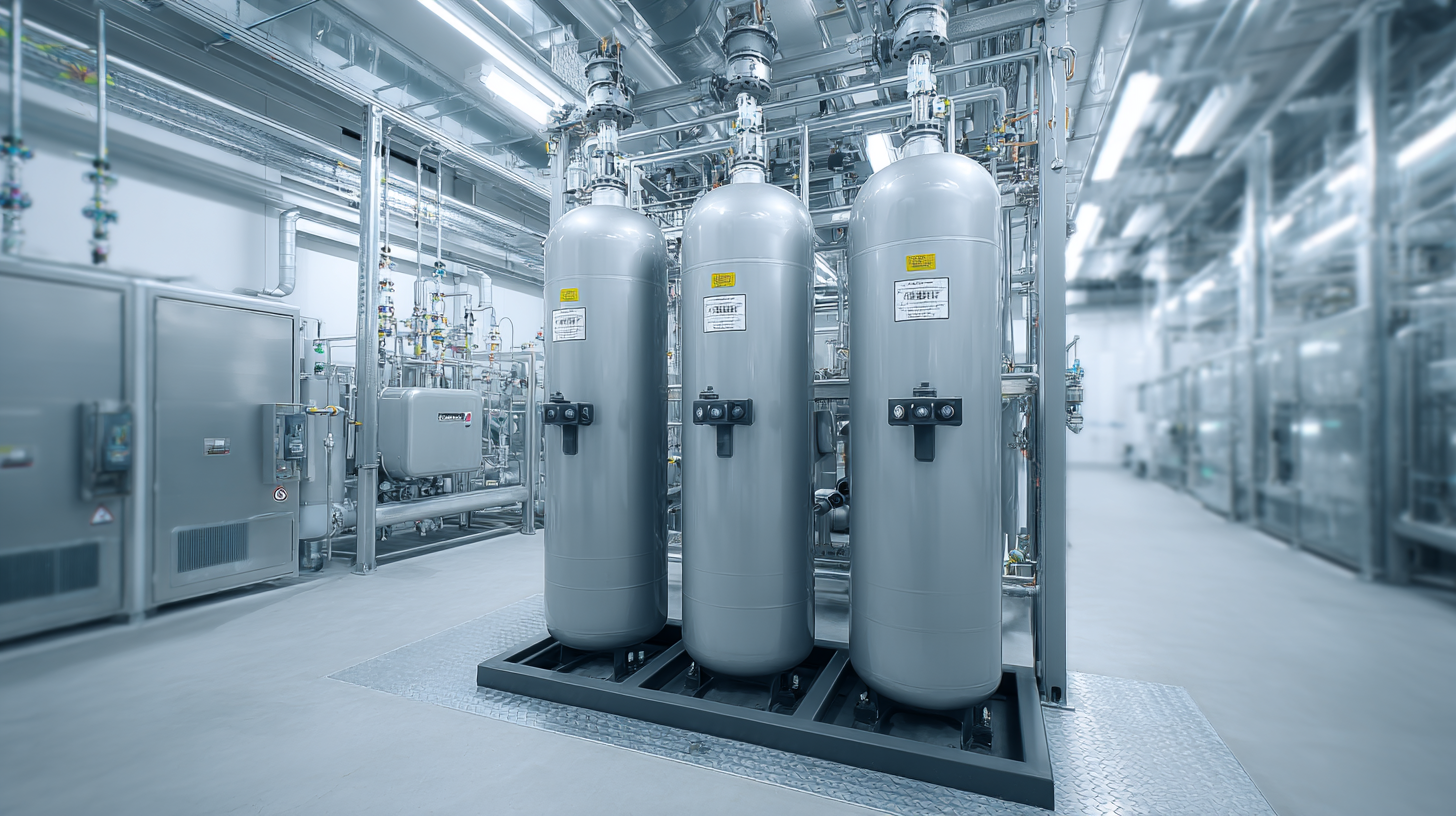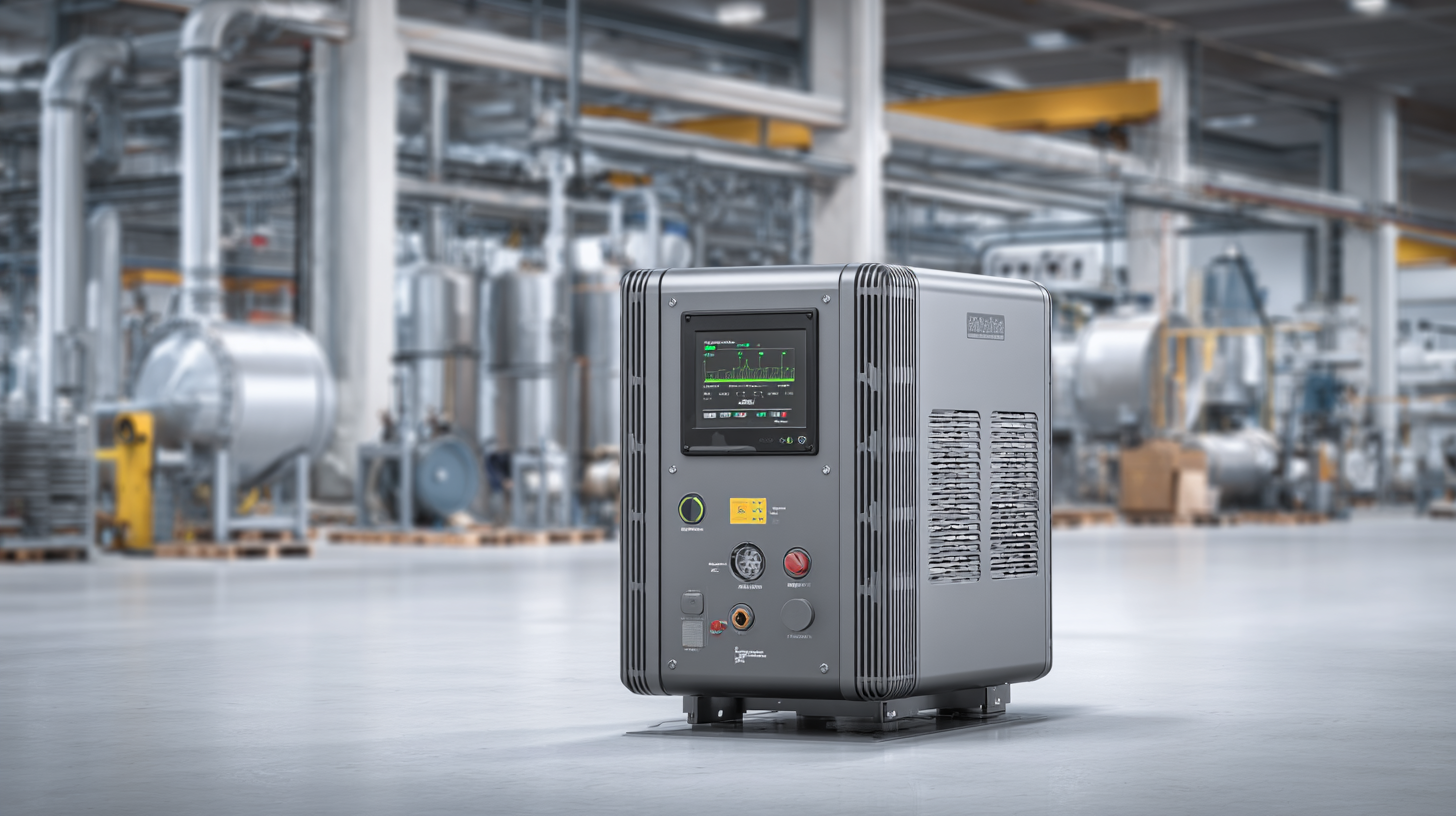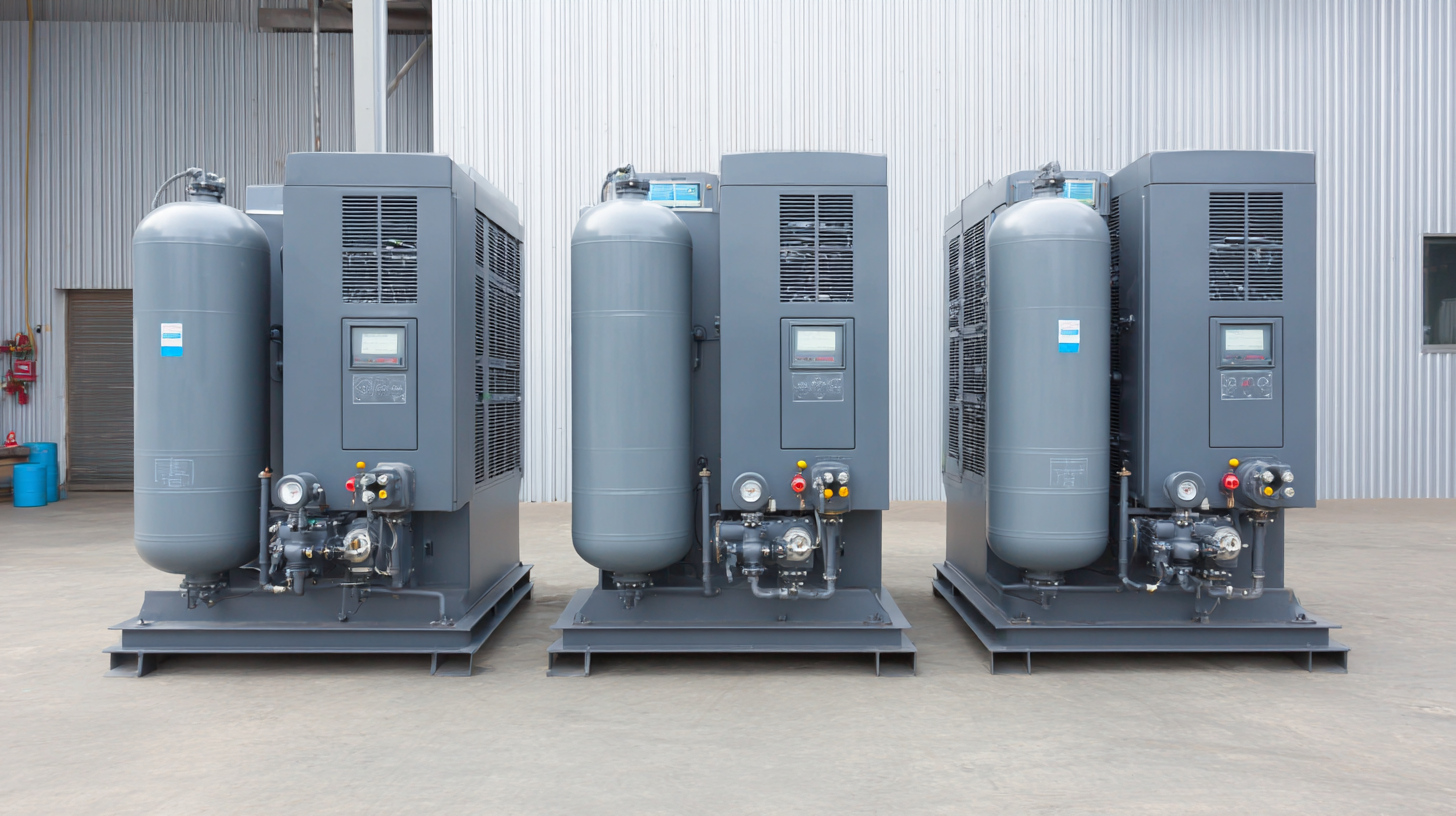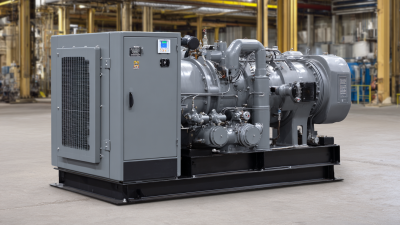Choosing the right air dryer is crucial for enhancing operational efficiency and reducing energy costs in various industrial applications. According to a recent report by the Compressed Air and Gas Institute (CAGI), approximately 30% of energy consumption in industrial facilities is attributed to compressed air systems, with improper drying impacting both energy usage and equipment longevity. As industries strive for optimal performance, selecting an appropriate air dryer becomes a key challenge, as the wrong choice can lead to excessive operational costs and decreased productivity. This guide will explore essential factors in choosing air dryers, such as dew point, energy efficiency ratings, and specific application needs, providing industry insights that equip decision-makers with the knowledge necessary to ensure that their air drying solutions align with both operational requirements and sustainability goals.

 When selecting the right air dryer, it is essential to understand the different types available and their specific applications. The market for refrigerated air dryers is projected to grow significantly, reaching approximately USD 6.32 billion by 2034, driven by an increasing demand for efficient moisture removal in various industries. This growth highlights the essential role of air dryers in maintaining optimal equipment performance and product integrity across sectors like food processing, manufacturing, and pharmaceuticals.
When selecting the right air dryer, it is essential to understand the different types available and their specific applications. The market for refrigerated air dryers is projected to grow significantly, reaching approximately USD 6.32 billion by 2034, driven by an increasing demand for efficient moisture removal in various industries. This growth highlights the essential role of air dryers in maintaining optimal equipment performance and product integrity across sectors like food processing, manufacturing, and pharmaceuticals.
Tips: When choosing an air dryer, consider the specific requirements of your application such as pressure, temperature, and moisture content. Additionally, different technologies, such as rotary and nozzle atomizers, each come with unique benefits suitable for various drying processes. Understanding these distinctions will help you select an air dryer that maximizes efficiency and minimizes operational costs.
Furthermore, advancements in technologies like machine learning are transforming traditional drying systems into more sustainable options. Reports indicate that machine learning-assisted systems enhance the energy efficiency of solar drying setups, making them not only more economical but also environmentally friendly. Exploring these innovative solutions can provide significant advantages in drying efficiency and product quality.
When selecting the right air dryer, assessing energy efficiency ratings is crucial for ensuring optimal performance and cost savings. According to a report by the U.S. Department of Energy, compressed air systems account for around 10% of the total energy consumption in industrial facilities. The efficiency of air dryers can significantly impact these energy costs, making energy efficiency ratings a primary consideration.
Energy efficiency ratings, such as those provided by the Energy Star program, offer insights into the dryer's performance under various conditions. For instance, high-quality regenerative desiccant dryers can achieve energy savings of up to 50% compared to traditional heatless systems. Additionally, a study by the Compressed Air and Gas Institute indicates that the right air dryer can reduce energy consumption by approximately 20% annually, translating to tens of thousands of dollars in savings for larger operations.
It's essential to match the air dryer type with the specific application to maximize efficiency. For example, refrigerated dryers are typically more energy-efficient for low-pressure applications, while desiccant dryers are better suited for high-purity processes. By focusing on energy efficiency ratings and selecting the most appropriate drying technology, businesses can ensure optimal performance while minimizing operational costs.
| Air Dryer Type | Energy Efficiency Rating | Operating Cost ($/Year) | Maintenance Frequency (Times/Year) | Typical Applications |
|---|---|---|---|---|
| Desiccant Dryer | A+ | $1,200 | 2 | Food and Beverage, Pharmaceuticals |
| Refrigerated Dryer | A | $800 | 1 | General Manufacturing, Compressed Air Systems |
| Membrane Dryer | B | $1,000 | 1 | Biogas, Packaging Industries |
| Heatless Regenerative Dryer | A+ | $1,500 | 3 | Precision Tools, Electronics |
When selecting the ideal air dryer, several key features should guide your decision-making process. First and foremost, consider the dryer type that best suits your application, such as desiccant or refrigerated air dryers. Desiccant dryers are optimal for environments requiring extremely low dew points, while refrigerated models are suitable for general-purpose use, offering efficiency and lower operational costs.
Another critical factor is the dryer capacity, which should align with your system's air consumption needs. Oversizing can lead to increased energy costs and inefficient operation, while undersizing can result in moisture issues. Additionally, look for features such as energy-saving controls, automatic drain systems, and robust construction materials, as these can enhance durability and reduce maintenance requirements. It's essential to evaluate these features in relation to your specific industrial requirements to ensure optimal efficiency and performance of your air drying system.
When selecting the right air dryer, evaluating cost-effectiveness is crucial. The initial investment typically involves examining the purchase price, installation expenses, and any necessary modifications to existing systems. While high-efficiency air dryers may come with a steeper upfront cost, their advanced technology can lead to substantial reductions in energy consumption. It's essential to conduct a thorough analysis of the specific features your operation requires and how they align with budget constraints.

Long-term savings should also be a key consideration. Efficient air dryers can significantly lower utility bills and maintenance costs over time due to their ability to operate optimally under various conditions. Additionally, lower energy consumption can contribute to a reduced carbon footprint, which is increasingly important in today’s environmentally conscious market. By balancing initial costs against potential savings and environmental impact, businesses can make informed choices that will yield both financial and ecological benefits in the long run.
Effective maintenance and operation of air dryers are critical for maximizing efficiency and prolonging equipment lifespan. According to the Compressed Air and Gas Institute (CAGI), approximately 70% of air dryer failures can be attributed to improper maintenance practices. Regularly checking for leaks, maintaining optimal pressure settings, and adhering to the manufacturer’s service schedule can prevent costly downtime and enhance performance.
Additionally, industry best practices emphasize the importance of monitoring moisture levels and implementing a robust maintenance plan. The International Society for Automation (ISA) reports that moisture in compressed air systems can lead to increased energy consumption by up to 20% and significantly impact product quality. Utilizing advanced monitoring systems that track performance metrics can help operators identify potential issues before they escalate, ensuring that air dryers operate efficiently and effectively.
Investing in regular training for personnel is also crucial. A report from the Air Conditioning, Heating, and Refrigeration Institute (AHRI) highlights that companies that prioritize employee training see a 15-30% improvement in system efficiency. By fostering a culture of continuous improvement and adhering to maintenance best practices, industries can achieve optimal performance and reliability from their air dryers.






Please share your email with us to see your results.











